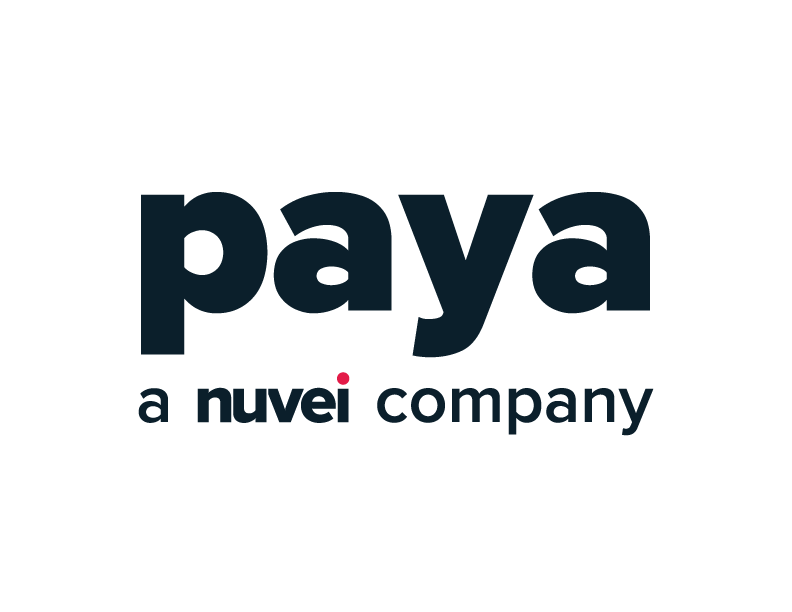
The payment processing industry for ISVs has come a long way. Today, integrated payments automate many previously manual processes, allowing software clients to accept card and ACH payments directly within their software ecosystem. This automation saves time and eliminates human errors from data entry associated with working between systems.
Before computers replaced manual cash registers, customers simply handed over cash, and notes were made in an accounting ledger to document the transactions. When these basic business functions—accepting payments and bookkeeping—were manual, slow, and error-prone, back-office bottlenecks inhibited business growth.
Some organizations, particularly small businesses, still function similarly today. They may be using “paperless” computer systems that simply mimic the old manual process. It’s progress, but there is so much more automation, efficiency and analytic power available now, and it’s become standard for merchants to look to ISVs to provide integrated payments solutions as part of their software package. Software providers must decide how to best meet client demand which begins with selecting a payments platform or partner.
As an ISV, if you look around for an integrated payments provider today, you’ll find plenty of choices—and lots of marketing materials that all sound exactly the same. This is despite the fact that integrated payments have unique requirements and nuance in different industries.
That’s why ISVs need to digger a little deeper to understand the payment provider’s track record and history:
• In your specific industry
• Of hiring people with deep expertise in integrated payments
• Of successfully building mutually beneficial partnerships
When you take the time to learn about a payment provider’s history, you’re much more likely to arrive at a payments program that thrives versus one that may struggle to launch.
A Brief History of Integrated Payments
1973
Payment processing took a big step forward with the first PC-based Point-of-Sale systems, the IBM 3650 and 3660. Main features included checkout scanning, receipt tape, customer display units and data storage capabilities.
1980
Gene Mosher from Syracuse, New York, created a café POS system that ran on an Apple II. It could create labor and inventory reports, track popular items, record customers’ orders, and print cooking instructions for kitchen staffers. However, the system required a 65-foot-long cable running between the computer and the kitchen.
1986
Gene Mosher rolled out a color touchscreen POS system called ViewTouch that worked with the 1985 Atari color computer.
1989
Paya—then known as Network 1—started up, servicing the mortgage industry.
1990s
More payment systems became computer-based, and standalone credit card terminals became more common. Integrated payment systems began enabling merchants to process credit cards and gift cards, schedule employees and verify customer ages, among other things.
1993
Paya moved into the payments industry.
2002
Paya—then known as Verus—started building an ISV channel and core integrations for nonprofit and healthcare.
2006
Verus was acquired by Sage, adding a focus on building solutions for the complex VAR reseller/referral channel.
2008
In an increasingly connected world, APIs became the standard way to get connected.
2018
Sage is acquired and rebranded as Paya, our fully integrated payments that were born as part of Sage software servicing B2B became a standalone product. Through strategic acquisition, we brought in experts and their innovations for:
• Nonprofits
• Government and Utilities
• Municipal Courts
• Specialty Verticals
• Accounting and ERP
2023 and Beyond
Nuvei acquires Paya—and our deep software integrations with 300+ ISV platforms—with plans to accelerate customers’ growth and extend the global reach of our integrated payment strategy.
Our History, Your Future: What Paya’s Decades of Expertise Means for ISVs
Paya has been an integrated payments provider since near-inception. Our foundation in integrated payments means we have unique insights and have years of experience helping ISVs commercialize and monetize payments for their business.
Today, we are grateful for this immense experience—it has formed us into the trusted ISV integrated payments provider that we are today. Plus, it’s given us the know-how to offer:
• Industry-specific integrated payments solutions that are purpose-built to manage the details and nuances that matter most
• Support from our team of payments and industry experts
• A true partnership based on a win-win philosophy: when you grow, we grow
These days, when ISVs start looking for an integrated payments partner, they often initially discover the “giants” and the “small guys.” Unfortunately, these two options have specific disadvantages for ISVs.
Bigger is not always better. The giants have often entered the ISV space through acquisitions and mergers. Inevitably, these new purchases are disruptive, focusing internal resources on enterprise integrations and efficiencies. During this time, the giants can lose their agility, fail to stay focused on high-quality customer relationships, and see employee attrition numbers rise. Ultimately, they’re reduced to offering acquired technology that is no longer considered innovative.
Availability does not equal expertise. In payments, the small guys are most likely to be disruptors or resellers. The reality is that they have often white-labeled someone else’s technology. Although we celebrate the entrepreneurial spirit, this option isn’t ideal in the well-established and complex integrated payments space.
For ISVs, the fundamental problem with both of these choices is that neither group was purpose-built to serve software companies, much less those in B2B and specialty verticals. This is where Paya and our rich history comes in—we are the “just right” option between too big and too small.
Technology expertise is in our DNA. Paya was initially conceived within the renown Sage technology team. There are advantages to having a well-funded opportunity to be built by payments experts, including the ability to use best practices at all stages of development. As a result, Paya’s foundation is solid, reliable and scalable.
Industry experts fill our team. With a firm technological foundation, the Paya team has had the time to focus on the unique needs of B2B and specialty ISVs. Working in collaboration with the software providers we serve, our team gained deep insights and unique perspectives that continue to inform our work.
We have built profitable partnerships across many industries. Paya’s history of working with ISVs goes back to 2002. B2B software vendors continue to be our main focus, and we have also chosen to enter highly specialized verticals. Through select acquisitions and integrations, Paya added world-class solutions for nonprofits, healthcare and wellness providers, field services businesses, government entities, utilities and municipal courts, which has allowed us to forge powerful partnerships in our chosen industries.
With this unique legacy, Paya is neither a lumbering giant nor an untested small player. We have the strength and stability your business needs, coupled with the experience and acumen to help you achieve your growth goals. And now with Nuvei, we also offer our partners the ability to expand globally.
Our “Just Right” Solution Is Designed Just for You
As you look to the future of your software business, you know you’ll need an integrated payments provider—digital payments are definitely here to stay. We have the tailored solutions and integrated payments expertise to accelerate our partners’ businesses and enable them to win new customers through payments. Plus, we make it simple. Through a single integration to our global technology platform, software providers can reach 200 markets, support 150 currencies and more than 600 alternative payment methods seamlessly delivering incremental growth opportunities.
Best of all, you don’t have to take our word for it. Read our case studies to let our history inform your choice of integrated payments providers.
